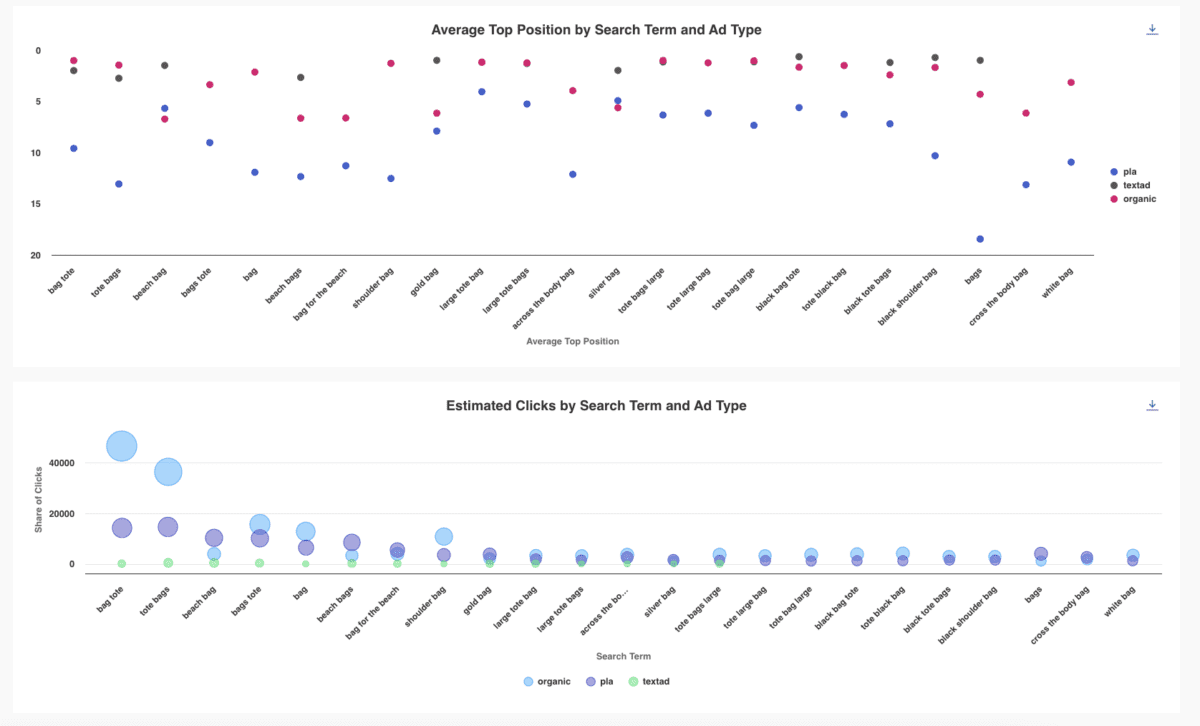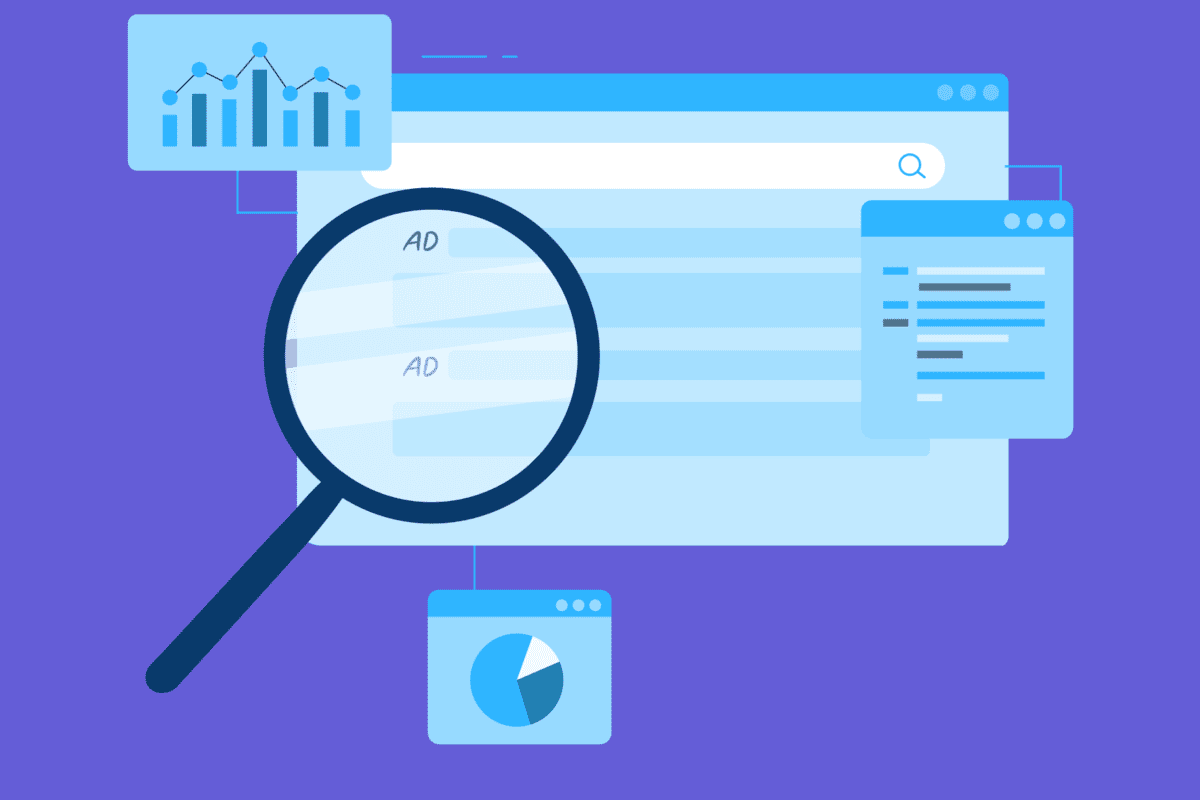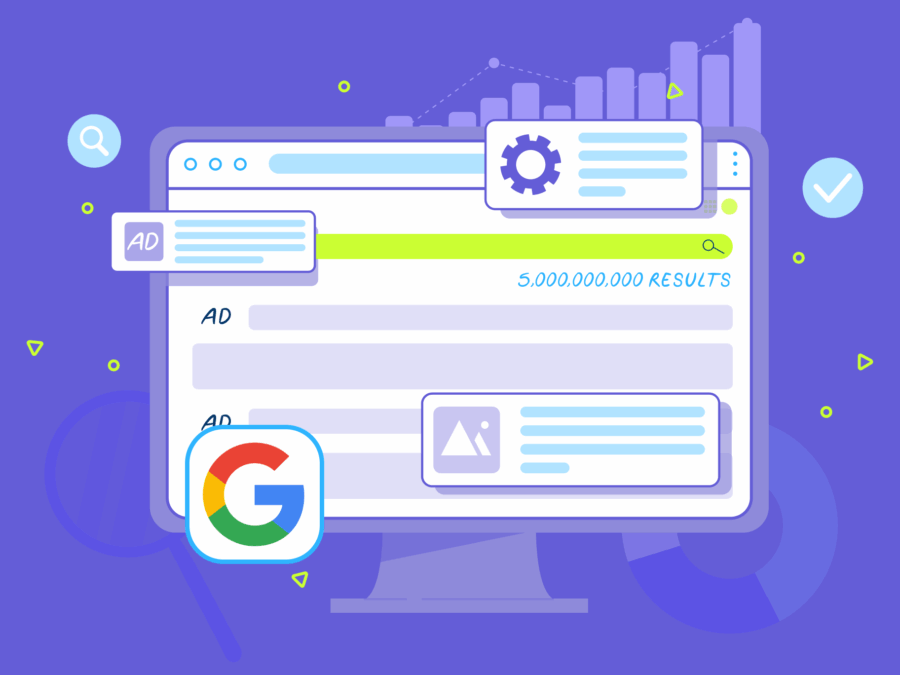We often see clients pause bidding on brand terms with low competition to reduce costs and reallocate funds to generics. The idea is that these brand terms, with their strong organic presence, will perform well on their own. However, this can be a costly mistake.
Over-reliance on organic performance while investing heavily in generic terms can lead to missed opportunities. High-intent clicks from consumers already searching for your brand and close to conversion are too valuable to lose.
There’s no universal formula, and every advertiser will have a sweet spot when it comes to balancing generics and owned terms. But there are definitely some best practices to follow to help you get the most from all your bids.
Accurate data is crucial, as shown by our recent work with UNTUCKit, which saved $54,000 in six months by pausing unnecessary brand bidding through our Brand Activator solution.
“Adthena’s Brand Activator has allowed us to feel a lot more confident in the incrementality of our branded search results. We know when we are spending on the keywords needed to avoid competitors picking up our traffic.”
– Rhonda Albaneze, Digital Marketing Director, UNTUCKit

How to balance brand and generic paid search
First, let’s define a few terms, using electronics as an example:
- Generics = Terms that have no brand linkage at all, such as “cheap laptop.”
- Brand generics = Terms that pair a brand term and a generic term, such as “Apple laptop.” Sometimes specific models of products fall into this category, eg. “MacBook Pro 2024.”
- Pure brand = Terms that are wholly brand-specific, such as “MacBook.”
Step 1: Map out a plan with custom analysis.
Your first step to balancing your search term mix will be to map each of the types of terms to your industry’s buyer journey. For example, in the electronics industry, a customer searching for ‘laptop’ is clearly in the awareness stage, while a search for something very specific like ‘Macbook Pro 2024’ is further down the funnel and likely zeroing in on a purchase.
Our paid and organic reporting pages are popular, as they provide insights into where efficiency can be driven and budget can be reallocated while retaining visibility and market share.

Average top position and estimated clicks by channel shown in the Adthena app.
Step 2: Automate your monitoring
Tracking the impact of any changes you make is vital, especially in the fast-paced world of PPC where shifts can happen quickly. Google’s algorithm changes can also have a substantial impact on your SEO performance, so having automated monitoring in place is essential to stay ahead.
You’ll want to create search term groups to reflect your generic, brand generic, and pure brand terms. By doing this, you’ll be able to monitor performance across these critical areas.
There are several ways to automate your monitoring, and Adthena offers a range of tools designed to simplify this for you. For example:
Smart Monitor
This tool automatically tracks your search term groups and alerts you to key competitor movements across your Whole Market View. Smart Monitor detects shifts in your market in real-time, notifying you of any significant changes in your share of clicks, impressions, or spend. If a competitor enters or exits your search terms, or if their performance increases or decreases substantially, you’ll be alerted in under 24 hours. This allows you to react swiftly and make informed decisions to protect your brand and optimize your campaigns.
MyAnalytics Paid & Organic Dashboard
The MyAnalytics Paid & Organic Dashboard provides a comprehensive view of your performance, highlighting insights from the last 7 days. It shows key metrics such as your share of clicks and helps you identify opportunities in both paid and organic search. You can easily compare your performance across devices (mobile and desktop) and find “quick win” actions, like identifying search terms where competitors are bidding on your brand but you’re not, or areas where you can reduce costs by optimizing your bids. This allows for more efficient and strategic decision-making.
Ask Arlo
Ask Arlo is Adthena’s AI-powered assistant, designed to make interpreting your data easier than ever. With natural language processing, you can ask Arlo questions like “How did we perform compared to our competitors on Black Friday?” or “What were the top ad copies used by competitors last week?” Arlo provides instant, actionable insights and even generates visual reports, saving you time on manual analysis. Ask Arlo empowers you to quickly uncover trends, gain competitor insights, and make data-driven decisions that drive campaign success.

Step 3: Stay tuned with market trends & share
The paid search landscape is ever-evolving. As markets, competitors, and consumer behaviors shift, so must your strategy. Adthena’s Market Trends feature allows you to monitor these long-term changes and provides detailed Market Share visualizations for each of your search term groups, whether they are brand, brand generic, or generic terms.
By tracking both average position for your paid and organic listings, as well as market share, you can continuously monitor your overall visibility across the competitive landscape. This helps you identify gaps where competitors might be outperforming you and opportunities where you can further optimize your efforts.
When using these insights, you can easily spot areas to improve your visibility, refine bidding strategies, or enhance your organic presence, ensuring that your mix of paid and organic results is balanced. The key at every stage is to base your decisions on solid data rather than guesswork. Your performance metrics will guide you on when the mix is working effectively and when it requires adjustment.
Dogfooding Adthena: Insights from our CMO, Ashley Fletcher
At Adthena, in collaboration with our Growth teams, we continuously monitor all channels to enhance efficiency and explore new approaches across the UK, US, and Australian markets.
Google Ads remains a key channel for driving opportunities, and it has been for some time. However, like many advertisers, we share the frustration of constantly rising CPCs. We also face frequent challenges with brand bidding and trademark infringements on our terms, which we manage using our own product. Fortunately, these issues are typically resolved within five business days.
Our approach is three-pronged to ensure our internal teams continuously dogfood the Adthena platform:
- Weekly optimizations: We make regular, even small, adjustments to our top-performing ad copy. While we can’t always control the exact structure of every query, we know which elements drive CTR. Ads are updated on a weekly basis, and we work to maintain the highest possible quality scores across all metrics and regions.
- Competitor positioning review: While we don’t offer free trials as such, we lead with value-driven offers, such as savings calculations from our products. Understanding how competitors like SimilarWeb and SEMRush position their solutions helps us refine our own standing as an enterprise platform. Our GenAI powered Ask Arlo delivers instant insights into search trends and competitor performance, giving us a distinct competitive advantage.
- Monitoring generic term opportunities and budget allocation: We constantly monitor opportunities around generic terms and assign budgets accordingly. I encourage the team to test frequently, such as by unlocking budget for ‘brand protection’ queries. These tests are time-boxed, with dedicated UX and reporting shared with the Management Team and Board to demonstrate how our own tool supports growth. If successful, we expand the budget and geographic reach, making it part of our incremental growth strategy.
Marketers at Adthena must fully believe in our product, which is why the Marketing team is always the first to test drive new BETA features released by our engineering team. This proactive approach feeds directly into how we use Adthena and Google Ads in our own campaigns, helping us dominate in our markets.
Drive big results with Adthena
By strategically integrating brand and generic search approaches with reliable accurate data, you can capitalize on high-intent traffic while ensuring your brand remains prominent. Continuous evaluation and adaptation of your strategy will enable you to make informed decisions which can ultimately drive better results and enhance your overall campaign performance. Remember, the key is to stay agile and responsive to changes.
Regardless of your industry, Adthena empowers you to tackle your biggest digital marketing challenges, save money, and enhance ROI and conversion quality. Our AI-driven technology offers a comprehensive view of your search landscape, guiding you toward paid search success.
Discover how the Adthena platform can help you make smarter, data-driven decisions: request a demo today or contact us at info@adthena.com.




